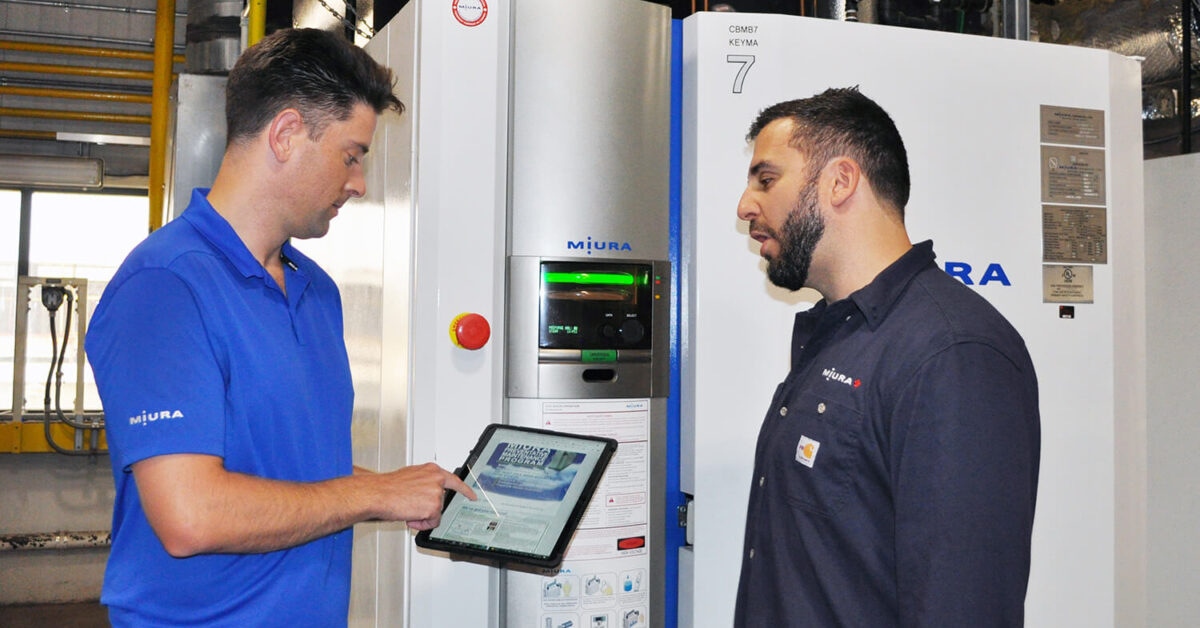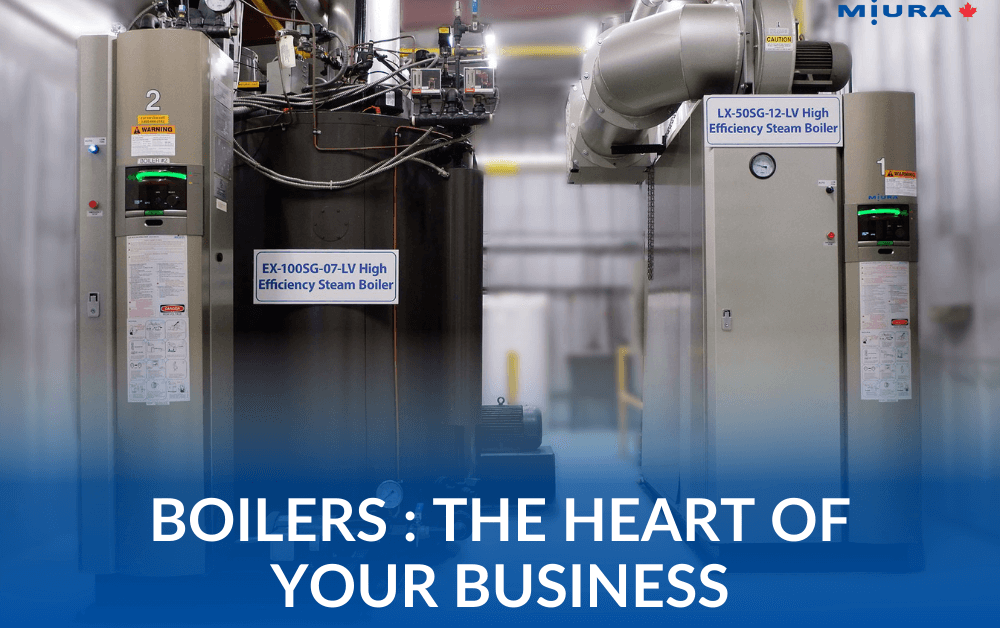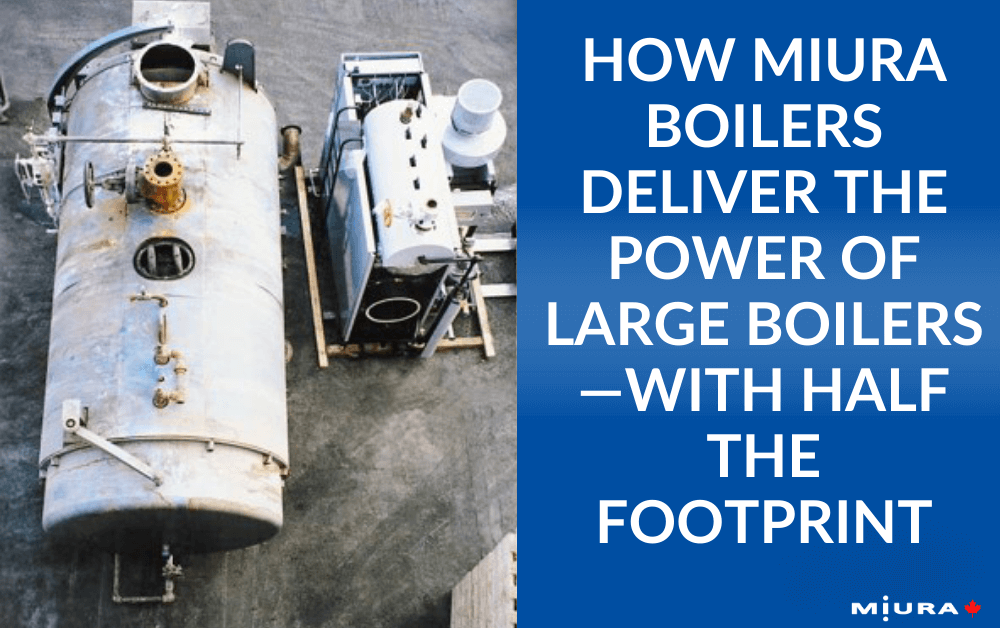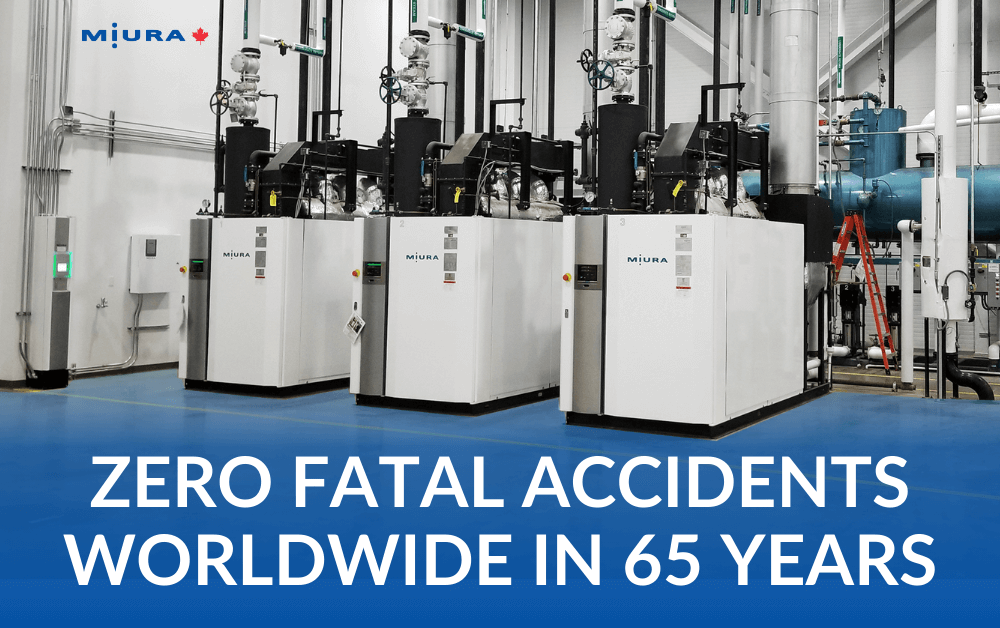Correctly Sizing your Boiler
Choosing the right boiler system for your industrial operation is a critical decision, whether you’re upgrading an existing unit or replacing a faulty one. The goal would be to find a high-efficiency boiler that ensures sufficient power generation to meet your business needs. Considerations extend beyond fuel type—be it natural gas, oil, or propane—to encompass the crucial aspect of boiler sizing. With physical constraints like limited boiler room space to keep in mind, navigating this process requires careful consideration of several factors. Let’s explore how to correctly size your boiler system, ensuring it aligns with your company’s requirements for efficiency, reliability, and scalability.

Factors to consider when sizing your boiler
1. Load Demand
How much steam does your facility need? Understanding steam demand in industrial facilities requires considering factors such as the different requirements of manufacturing processes, peak demand periods, seasonal variations, and potential future expansions to accurately size steam boilers. By analyzing these variables, facilities can ensure their boilers meet current needs efficiently while allowing for scalability and cost-effectiveness in the long term.

2. Operating Pressure and Temperature
How do you plan on using your boiler? You need to know the specific conditions at which steam is required to perform its intended tasks within your facility. Different processes require steam at specific pressures and temperatures. These parameters are determined by the processes being powered by steam and must be carefully matched by the boiler’s capabilities to ensure optimal performance, safety, and reliability.
3. Heat Losses
When steam moves through pipes and fittings in an industrial setup, some of it escapes or gets lost along the way due to factors like leaks, imperfect insulation, or inefficient distribution systems. To ensure that the boiler can meet the facility’s steam requirements despite these losses, we have to consider them when sizing the boiler. By accounting for these losses, we can ensure that the boiler is capable of producing sufficient steam to compensate for any losses along the distribution system, ultimately meeting the intended steam demand at the point of use.
4. Available Space
You have to consider the available space that you have. Is your boiler room large enough to accommodate a steam boiler system appropriate to your needs?
When sizing a steam boiler, it’s also essential to consider potential future expansion or changes in production processes. A boiler that meets current steam demand may become inadequate as the facility grows or introduces new operations. Sizing the boiler with future expansion in mind can prevent the need for costly upgrades or replacements down the line. Ask about Miura’s Modular boiler system.
Why correctly sizing your boiler is important
Ensuring your boiler is correctly sized is crucial for a reliable and efficient operation. Many businesses operate with oversized boilers, compromising efficiency. However, undersized boilers can also disrupt production by not meeting production demands. Investing in the right size boiler right away will save time and money.
Oversized Boilers
An oversized boiler can result in wasted energy due to the constant cycling of boilers which can lead to more wear and tear on the boiler components. It is also more expensive to run as they use way more energy to achieve the temperature quicker.
Undersized Boilers
An undersized boiler can lead to production disruptions, will struggle to keep up with demand, and will have inefficiencies due to insufficient heat output, potentially causing delays in manufacturing processes and compromising product quality. Additionally, continual strain on the undersized boiler may result in increased maintenance costs and premature equipment failure.
Get expert advice on sizing your boiler room
Founded in Japan in 1927, Miura Boilers has grown to be one of the largest industrial steam boiler manufacturers in the world. Miura Canada has been manufacturing boilers for North America since 1987 and has a team of experts who can help you with all your boiler room needs.





